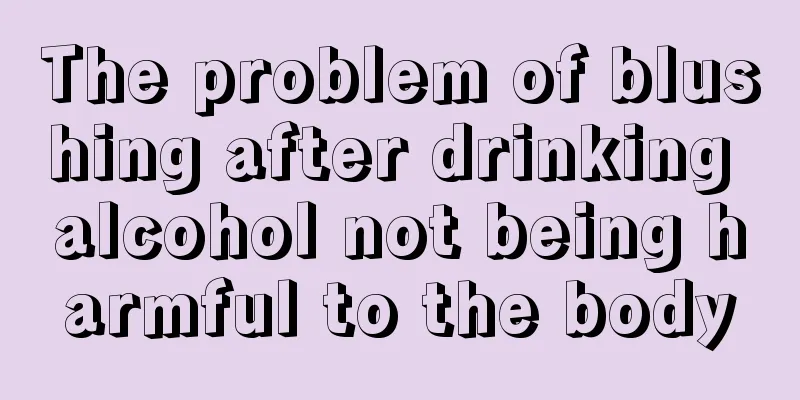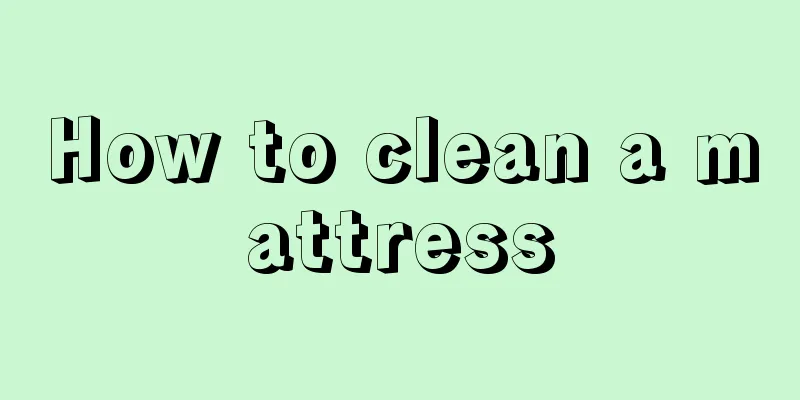What are the symptoms of ulcers on the inside of the lips

|
Ulcers on the lips can be divided into the inside and outside of the lips. In general, ulcers on the inside of the lips are the most common. There are many reasons for ulcers on the inside of the lips, but the most common ones are probably caused by excessive heat in the body and accidental bites while chewing. 1. Mild oral ulcers: This type of mouth ulcer causes severe burning pain, especially at the tip of the tongue. In the early stage of the disease, a slightly larger area of congestion, a needle-like area or sensitivity will appear on the affected area. Within a short period of time, a small shallow round or oval ulcer with clear boundaries will form. The diameter is generally around 2 to 4 mm, and the number is generally 2 to 3. This ulcer is self-healing but can recur. 2. Periglandular oral ulcers Periglandular ulcers are also known as giant ulcers. They are the most serious type of oral ulcer symptoms. They often occur on the inner side of the lips and the mucosa of the corners of the mouth, and can also occur in the soft palate, palatoglossal arch and other parts. The initial stage of the disease is the same as that of mild oral ulcers, but it will occur individually. The diameter of the ulcer will gradually expand and develop deeper into the mucosal glands. The disease usually lasts a long time and will leave scars after healing. In severe cases, it may also cause tissue defects or deformities. 3. Herpes-like oral ulcers This type of oral ulcer is also called stomatitis-type oral ulcer. Its symptoms are very similar to those of mild oral ulcer, but the number is large, and the mucosal congestion is obvious and widely distributed. In addition to severe pain in the affected area, there are also symptoms such as local lymph node enlargement, fever and headache. 4. Behcet's syndrome This type, also known as oculo-oral-genital triad, is a systemic disease with recurrent attacks and damage to the skin, eyes, mouth, and genitals, as well as the nervous system, cardiovascular system, and joints. 5. Traumatic ulcers According to the duration of mechanical stimulation, it can be divided into persistent and non-persistent stimulation factors. Persistent mechanical stimulation, such as residual crowns, residual roots, sharp edges, sharp tooth tips, and poor restorations formed in the oral cavity due to caries. Non-persistent mechanical stimulation factors such as stimulation from hard and brittle foods, accidental bites while chewing, injuries from brushing, improper use of instruments by dentists during treatment, etc., can all cause trauma to the mucosa and form ulcer lesions. |
<<: What to do with chapped mouth corners, how to treat it
>>: Is it good to eat a banana before going to bed? The truth is this
Recommend
Is anxiety disorder a mental illness?
Nowadays, people are under increasing pressure at...
What are the symptoms of non-gonococcal urethritis
The symptoms of non-gonococcal urethritis are dif...
Can surgery cure advanced laryngeal cancer?
Can laryngeal cancer be cured? This is the most c...
The essence of respiration
As we all know, breathing is the basis of life, a...
Vaccaria seeds
Do you know what fenugreek seeds are? I believe n...
Half the liver removed
For humans, the liver is an extremely important o...
Will I get fat if I really want to eat recently
As the saying goes, a good heart makes the body f...
Is it normal to have lower abdominal pain after prostate cancer surgery?
After prostate cancer surgery, initial lower abdo...
Why does the leucorrhea increase and become sticky?
Leucorrhea can reflect whether a woman is healthy...
How can I avoid getting pregnant after having sex?
Having sex before getting married is a very commo...
How to improve the success rate after transplantation
In vitro fertilization provides the possibility o...
Do you know the symptoms of metastatic bone tumor?
There are many types of bone tumors, among which ...
How to cure herpes at the corner of mouth quickly
Once the internal environment of the human body i...
How to check for ovarian cancer
Ovarian cancer is a well-known and very dangerous...
How can I heal the pimple I just squeezed as soon as possible
The causes of acne can be said to be very complic...









